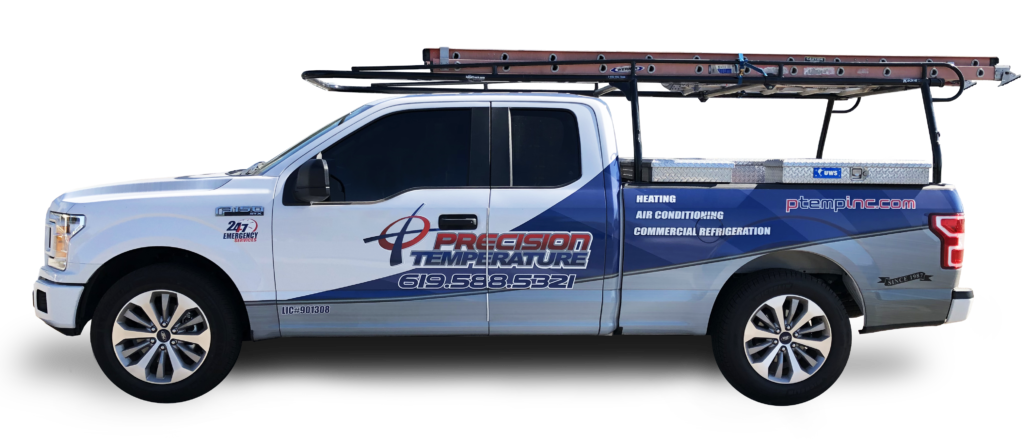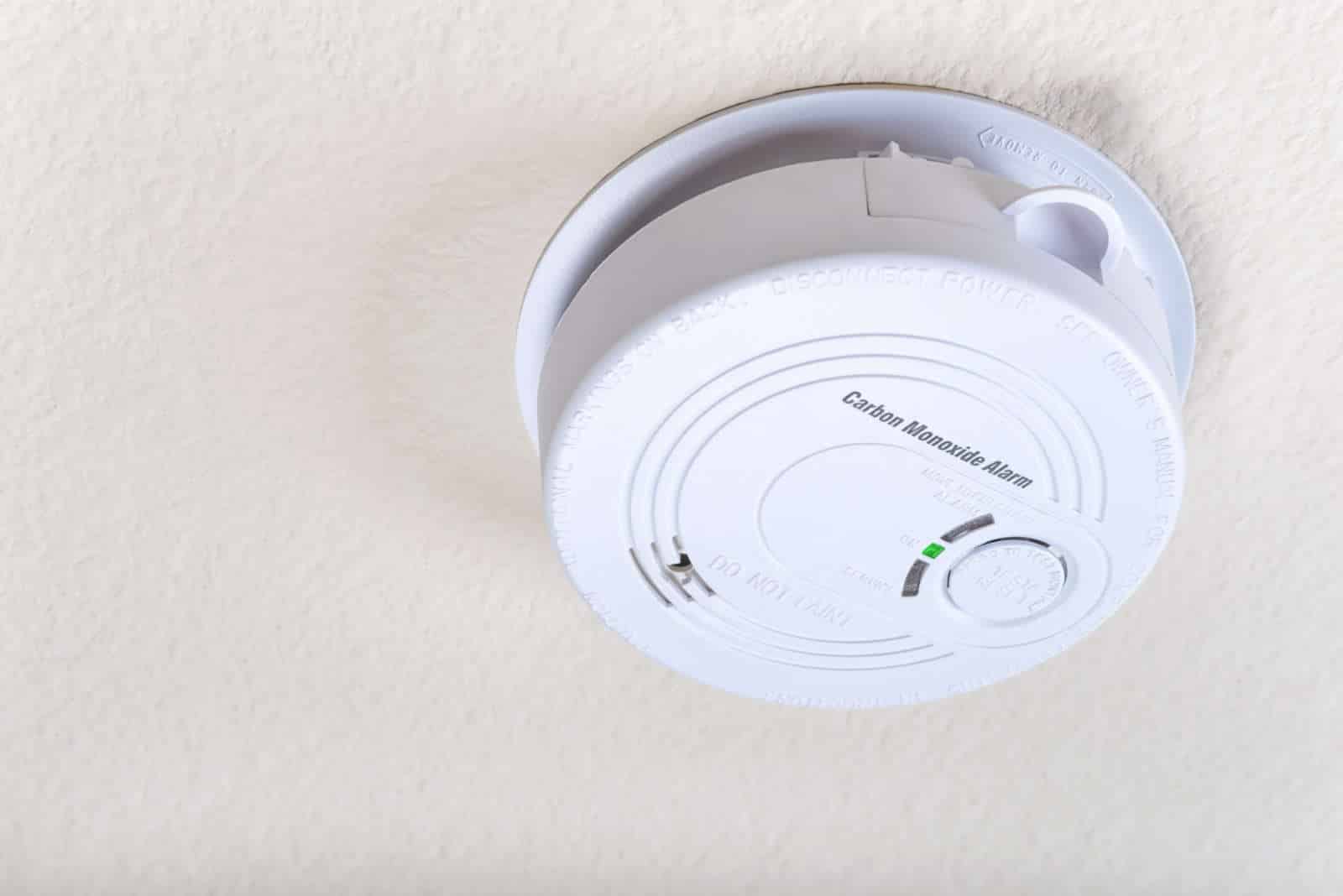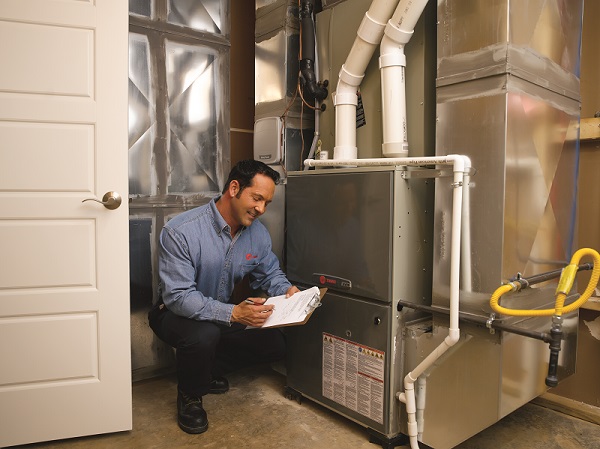Carbon Monoxide is called the Silent Killer. Nearly everyone knows that you should be afraid of it, but remarkably fewer understand the sources and symptoms. So what causes carbon monoxide?
What is Carbon Monoxide Poisoning?
Before we talk about where carbon monoxide comes from, due diligence requires that we discuss the reason you should care.
Carbon MONoxide is not to be confused with carbon DIoxide.
Carbon DIXODE, or CO2, is a normal human byproduct that occurs when we exhale.
But carbon MONOXIDE, or CO, is a dangerous substance that results from the burning of fuel.
Carbon Monoxide adheres to hemoglobin nearly 200 times easier than oxygen does.
That means that when CO is present, it attaches itself to your blood and makes it harder for oxygen to get in. Too much CO and you cut off your oxygen supply completely, killing you.
Carbon Monoxide Symptoms
Carbon monoxide has no color, smell, or visible form. Hence the nickname, The Silent Killer.
(Sounds like a CSI episode huh?)
Unfortunately, the symptoms of Carbon Monoxide are also remarkably similar to the common flu.
So how can you tell the difference?
If you feel like you have the flu, but you don’t have a temperature, there’s a chance it’s carbon monoxide related.
Have you been cooking a lot lately? Is your furnace running? Do you have a gas fireplace?
If you answered yes, then you might be feeling the onset of carbon monoxide poisoning.
Now, we’re not medical experts nor can we give you any advice on the matter. So if you suspect carbon monoxide, first, turn off all your gas appliances and immediately call your doctor.
Then call your local gas provider to come give you a free inspection.
What causes carbon monoxide?
As I already alluded to, carbon monoxide is created when fuel is burned.
You likely have gas appliances all over your house and don’t think anything of it, so why are they okay?
Because gas appliances are equipped with safety ventilation systems.
The two most common gas appliances are a stove and a furnace. But did you know your car also qualifies? It burns fuel just the same.
1. Gas Stove
As I already alluded to, carbon monoxide is created when fuel is burned.
You likely have gas appliances all over your house and don’t think anything of it, so why are they okay?
Because gas appliances are equipped with safety ventilation systems.
The two most common gas appliances are a stove and a furnace. But did you know your car also qualifies? It burns fuel just the same.
Your stove has a ventilation hood that direct the toxic substance outside. Now, the amount of CO produced from running your burner is minimal and since your burner isn’t run constantly, it doesn’t produce enough CO to harm you.
However, if your ventilation is blocked or if you run the burners for a prolonged period, you put yourself at risk.
Never use your oven or stove to heat your home.
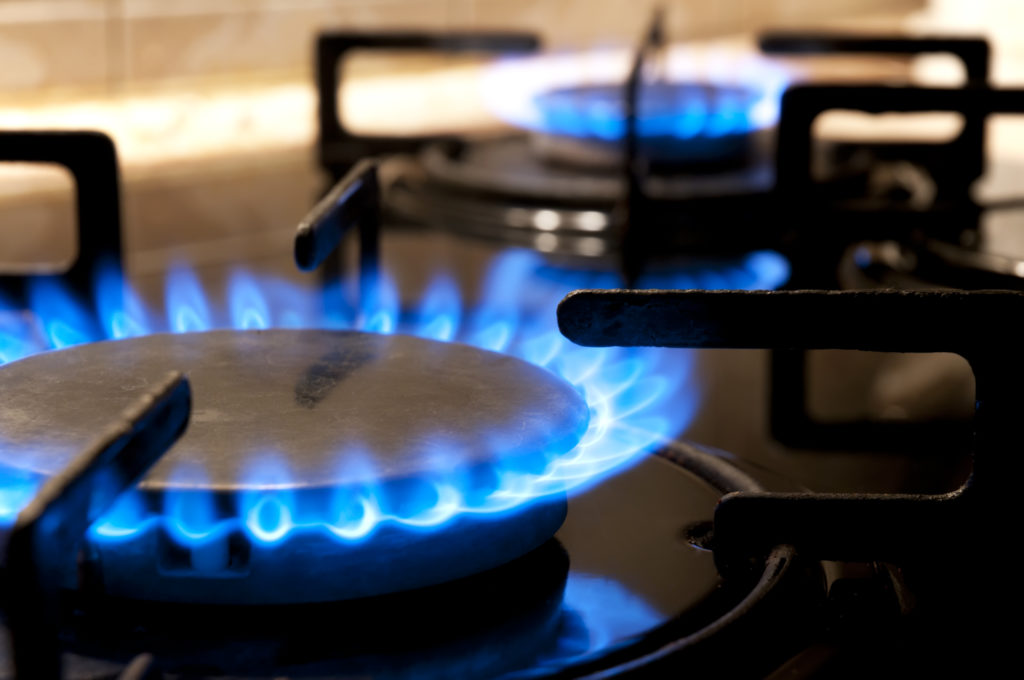
2. Automobiles
Another common source of CO that most people are aware of is your car exhaust.
Your engine works by burning the fuel you put in your car. That’s the same function as your stove. When it burns, it emits CO.
That CO is then routed out through your muffler.
Running a car in an enclosed space, like your garage, even if the doors are open, is dangerous and should never be done.
If your car sits in the garage and you like to let it run for 20 minutes to warm up before leaving in the winter. You’re filling your garage, and potentially your house, with dangerous CO. Don’t do it!
3. Gas Heaters
Another item that causes carbon monoxide is gas heaters.
Most personal space heaters these days run on electricity, but if you happen to have a gas heater, be very careful.
While they are mostly safe, or they wouldn’t be able to be sold, they require specific care.
Make sure that your gas heater is placed within 20 feet of a good ventilation source, such as a window or door.
4. Gas Fireplaces
As with any gas appliance in your home, your fireplace is also a source of carbon monoxide.
Thankfully, your fireplace has a pretty big ventilation source.
Your chimney.
But if you’ve neglected getting your chimney cleaned, it could become blocked. If it does, you’re at risk for carbon monoxide poisoning.
5. The Home Furnace System
What about my furnace, though? Doesn’t it cause carbon monoxide?
Great question!
Furnaces have part called a heat exchanger. How a furnace works is that it passes air over a series of flames that then heats up a set of coils (the heat exchanger) from the inside.
Fresh air is then passed over the heated coils on the outside and carried into your home.
The air INSIDE the heat exchanger, because it’s passed over the flames, is filled with poisonous carbon monoxide
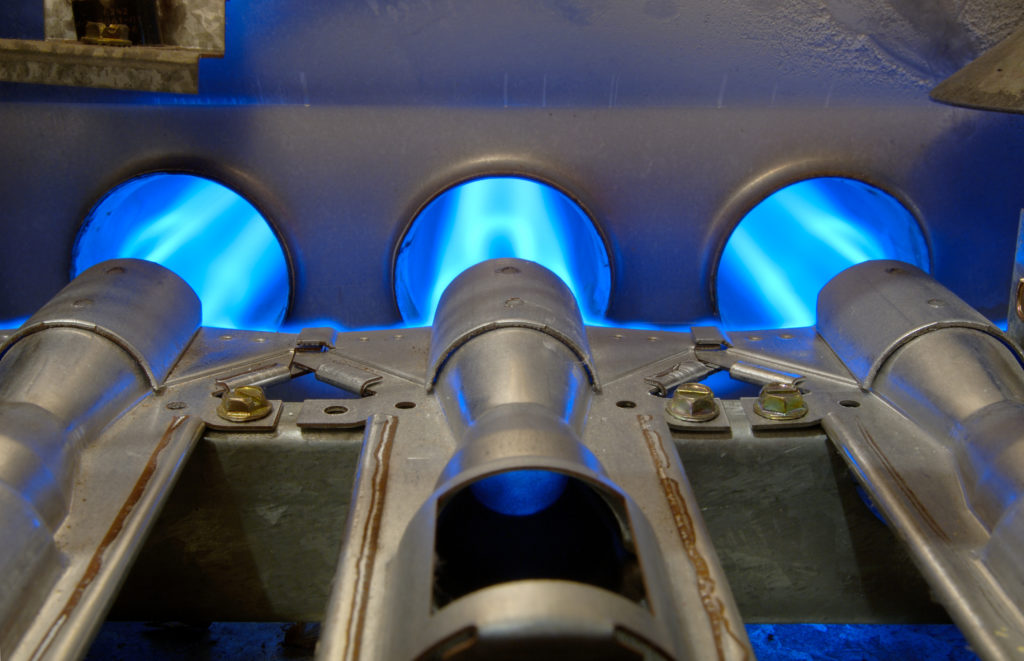
What makes it safe is a ventilation pipe that takes CO outside your house.
However, if you get a crack in your heat exchanger, the poisonous gas could be spilling into your home or garage.
Now, a small crack isn’t going to do much harm, if at all. The pressures inside and outside the heat exchanger mean there’s little chance of leakage.
But small cracks, when ignored, will get bigger, and that’s when problems occur.
That’s why it’s always recommended that you get your furnace inspected before every winter season.
You might shrug off your air conditioner tune-up, but do not make the same mistake with your furnace.
Common Myths

1. Carbon monoxide is caused by faulty appliances
Some people believe that faulty appliances cause carbon monoxide poisoning, but the true source of CO is lack of airflow.
The creation of carbon monoxide is a natural part of the process of using gas appliances.
The problem comes in when that CO has nowhere to go.
Proper ventilation and regular maintenance of gas appliances is important for your family’s health and well-being.
2. Properly working appliances do not create carbon monoxide
The opposite of the above myth, some people believe that if an appliance is working properly it does not create carbon monoxide.
Wrong!
Carbon monoxide is created every time a flame is present from burning gas.
CO is the byproduct of fuel burning.
3. Carbon monoxide is not a big problem
Nothing could be further from the truth.
Carbon monoxide is the leading cause of death by poisoning in the United States. More than 20,000 people are hospitalized each year due to carbon monoxide poisoning.
4. Opening a window is enough to prevent CO poisoning
While it seems like logical thought, if you are experiencing CO poisoning symptoms opening a window is now enough.
You should turn off the appliances and leave your home immediately.
Sure, open the windows, let it vent while you’re gone. But CO needs active airflow to drive it outside.
Simply opening a window is not enough.
5. Your CO detector will recognize if carbon monoxide is present
Unfortunately, the average over the counter carbon monoxide detector is only strong enough to detect levels of CO that are above OSHA guidelines.
That’s 40 Parts Per Million over 8 hours.
Meaning if you have dangerous levels of CO in your house for 4 hours, it still won’t go off.
The problem is that OSHA guidelines are for healthy adults in the workplace.
But kids and the elders are more susceptible to CO poisoning at much lower levels.
Concerned about your furnace?
There are lots of appliances in your home that cause carbon monoxide.
While we can’t help you with your stove or fireplace, if you live in San Diego and are concerned about your furnace, call Precision Temperature.
We’ll come and perform a tune-up on your furnace. This means we’ll cleans your unit, check ventilation, and inspect the major parts to make sure they’re in good working condition.
Call us today at 619-588-5321 to schedule an appointment.
